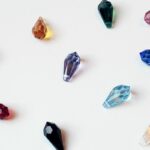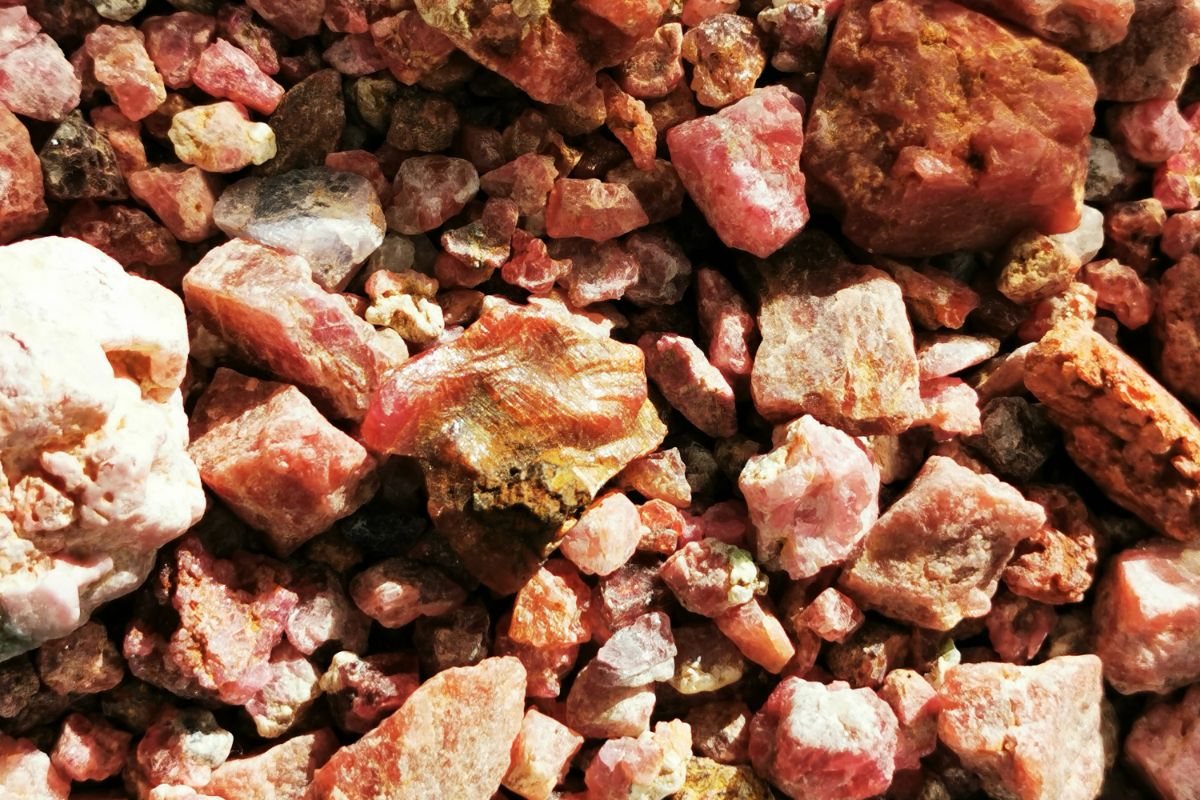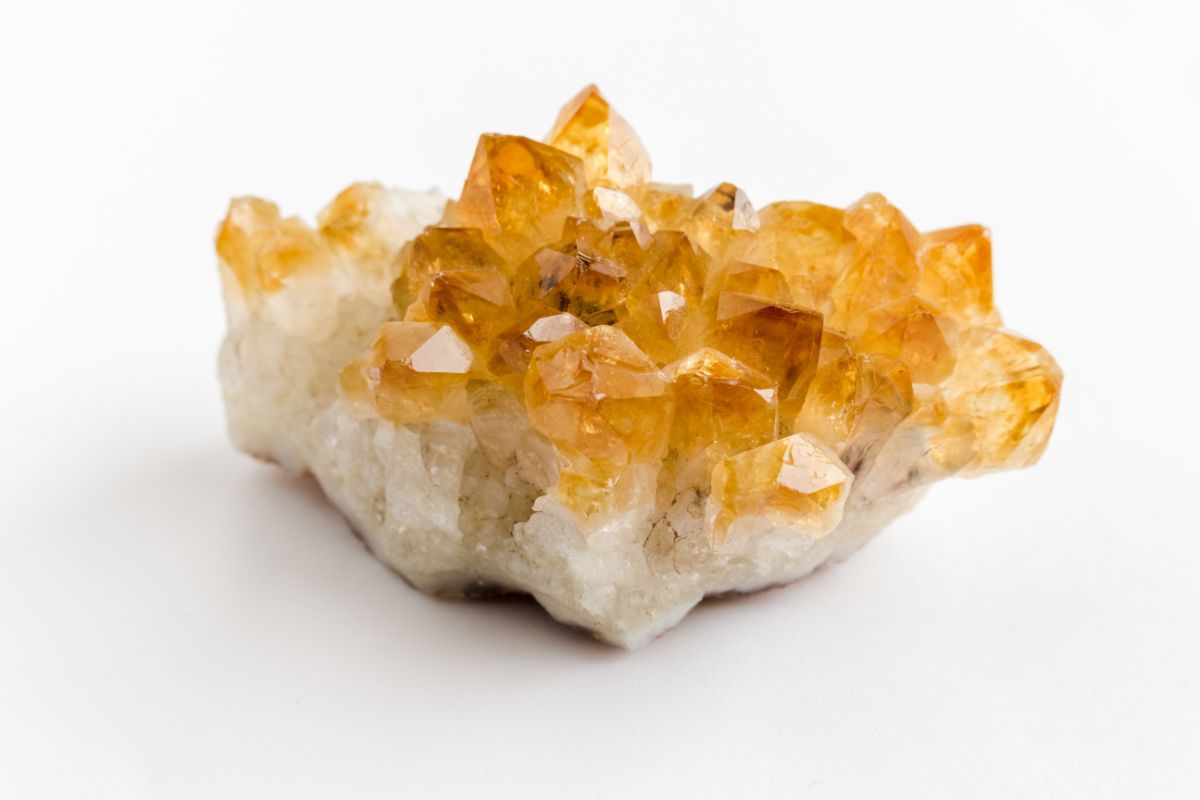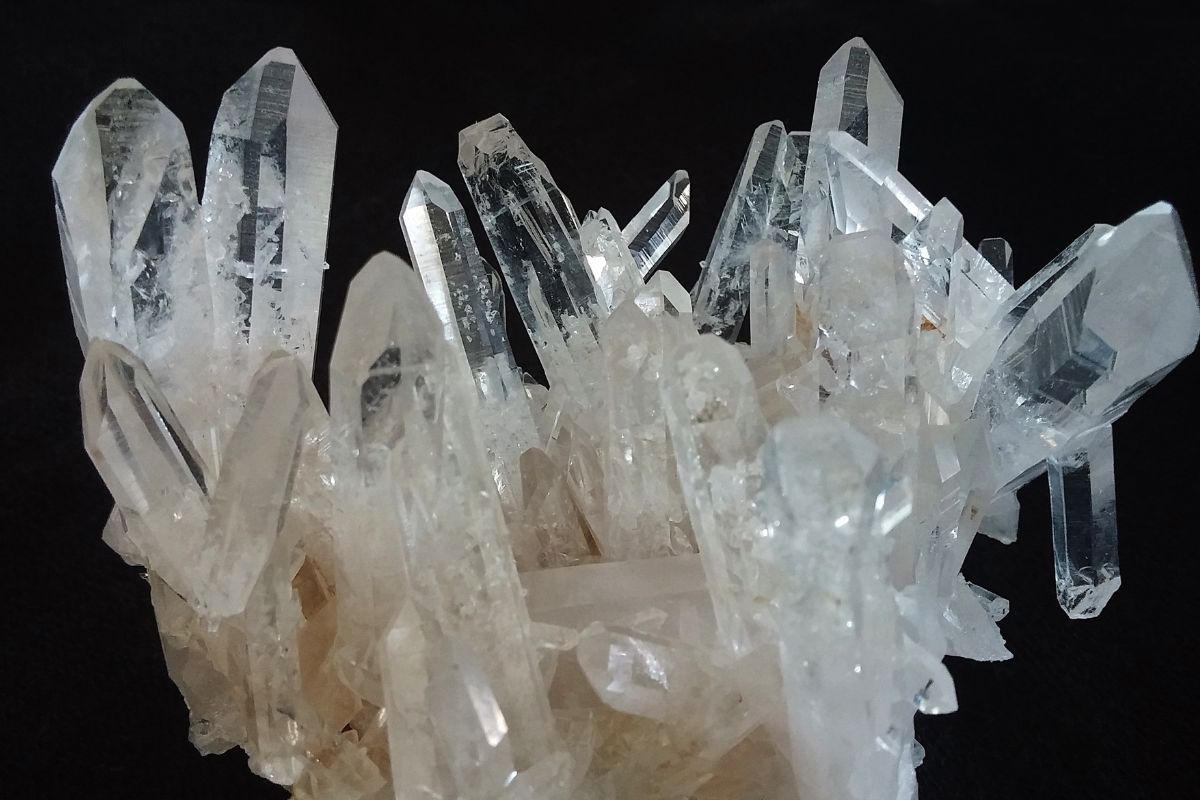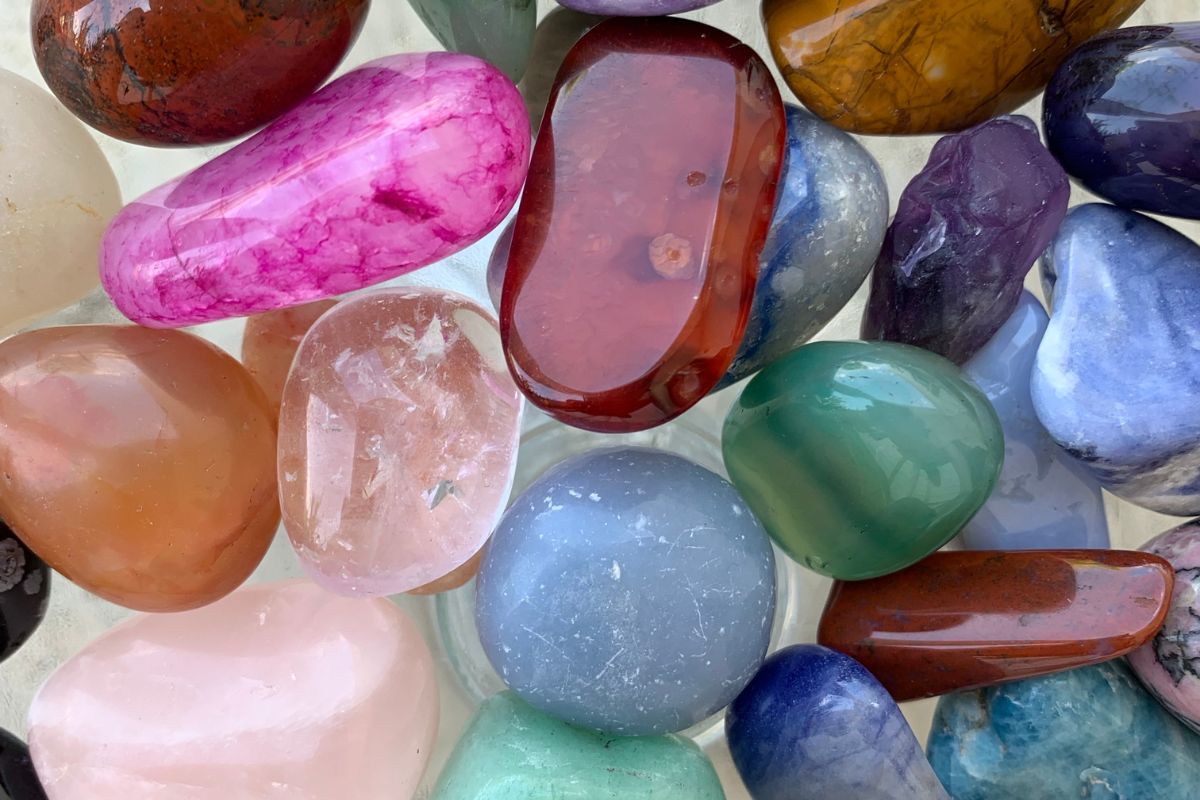The gemstone version of the mineral corundum is called a sapphire. They are the birthstone for September babies, and are regarded as wisdom stones that help their owners stay composed.
These are rare gemstones that can be found in a wide range of hues, although blue sapphires are the most common. In fact, with the exception of red, sapphires come in just about every color.
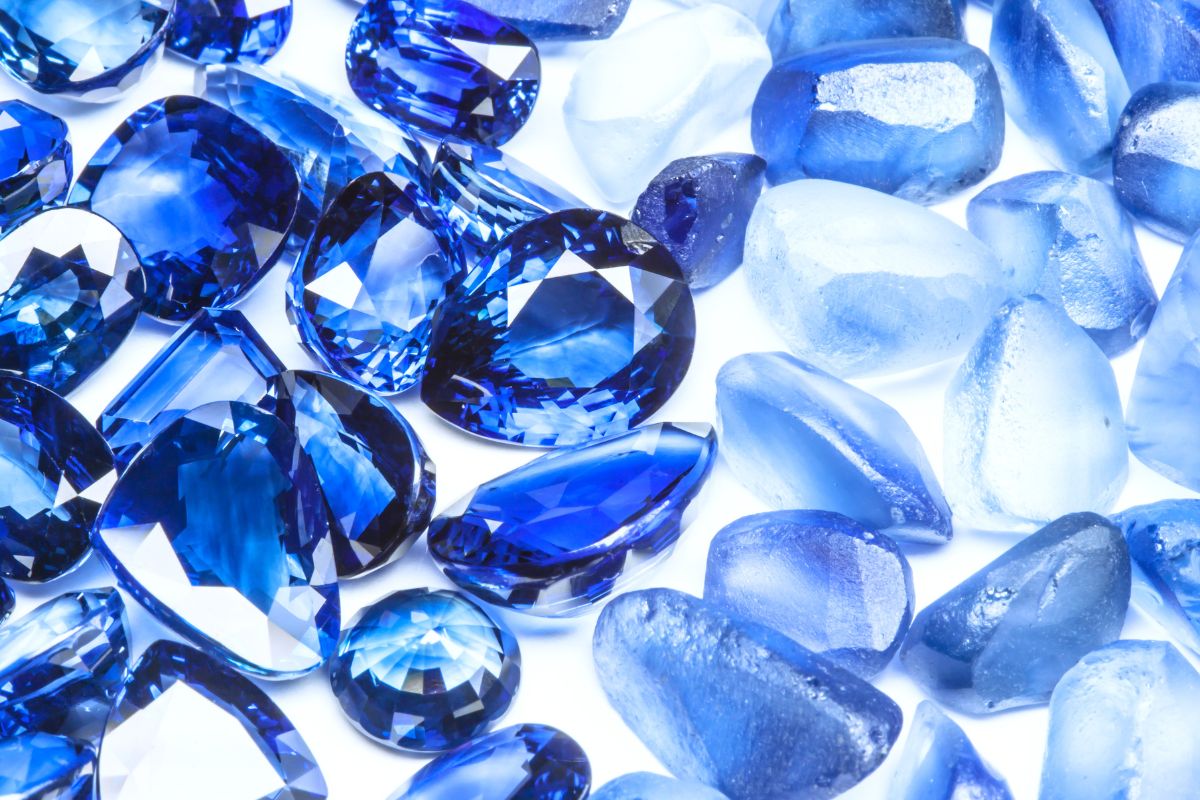
While synthetic sapphires are made in a laboratory, natural sapphires can be discovered in the earth, or in water. However, this does not imply that each and every blue diamond you unearth in the ground is a genuine sapphire.
So, how can you distinguish between a genuine sapphire and a phony one?
We’ll provide you a few examples of how to distinguish between them in this article. There are methods you may use to learn more on your own, while other methods require you to speak with experts like jewelers and gemologists.
Checking The Characteristics Of A Genuine Sapphire
The first step of being able to identify if a sapphire is real or not is to be able to identify a genuine sapphire from the offset.
Once you are able to tell what a real sapphire (see also ‘How to Tell if Jade is Real‘) looks and feels like, you will be able to tell the difference between a real and fake one (see also ‘How to Tell is Jade is Real’).
1. The Breath Test
First off, here is a surefire way to determine whether a genuine gemstone is actually real. The breath test is a simple and highly accurate approach to check for sincerity.
You only need to puff on your sapphire to make it foggy. Then, you will need to keep track of how long it takes for the fog to start dissipating and how long it takes for it to subside completely.
Natural gemstones should become transparent in 1-2 seconds, whereas synthetic sapphires could take closer to 5 seconds or longer.
2. Identifying Flaws And Blemishes
The next step is to look a little closer to see if there are any marks that would suggest a sapphire is genuine.
You can examine the sapphire so closely using a jeweler’s magnifying glass that has at least 10x magnification that you will be able to see intricacies that are invisible to the unaided eye.
Tiny pieces of other material are incorporated into the formation of natural sapphires. Since imitation sapphires don’t have inclusions of this kind, these defects are a good sign that a sapphire is genuine.
3. Ask A Gemologist

A sapphire can be examined by gemologists to identify the type of gem it is. They can inform you of a variety of characteristics, including if the substance is natural, synthetic, or untreated.
The gemologists will provide you with an official statement after thoroughly examining the gem. Please be aware that jewelers are not qualified to provide you with a specific response if you choose to take it to them for examination instead.
Checking The Indicators Of A Counterfeit Sapphire
Now that you know how to check for a genuine sapphire, it is time for you to learn how to identify a counterfeit one (see also ‘Crystal Identification – The Best Apps, Color Charts, And Guides To Identify Your Rock‘).
By having both skills, you will have little to no issues being able to know the difference between a real and fake sapphire.
1. The Scratch Test
A sapphire’s authenticity can be ascertained using the scratch test. A genuine gem should be resistant to scratching, whereas a fake diamond will be harmed by even moderate pressure.
You will need a real sapphire to compare to your alleged sapphire for this test. Scratch the recently discovered sapphire with the genuine one.
Since stones of the same hardness cannot damage one another, if both stones are genuine sapphires, nothing will occur.
The second sapphire, however, is either not real or is of poorer quality if the real sapphire produces a mark on it.
2. Look Out For Air Bubbles
Checking for air bubbles is also a great way to determine whether a sapphire is real or not. You will need to closely examine the gem from all angles to get accurate results.
Relatively small air bubbles will persist in artificial sapphires after they develop, given that they are composed of glass. Your recently found sapphire is fake if there are any bubbles contained within it.
3. Use Reflective Light
Observing how light reflects from a sapphire is another method of determining a gemstone’s authenticity.
You must achieve this by turning out all of the lights in the space and shining a flashlight straight upon the sapphire.
Only light of the same hue as the sapphire will be reflected if the sapphire is genuine. If it is artificial, or composed of glass, it will reflect colors other than the hue of the stone.
Checking The Overall Quality Of A Sapphire
It is not enough knowing that you have a real, genuine sapphire. If you believe you have found one, it may not even be worth anything due to its lack of quality.
As we mentioned earlier, jewelers are not qualified to identify a real sapphire. However, they are able to check the quality of a sapphire, especially if they are the ones selling the gem themselves.
Jewelers are legally obliged to disclose the quality of any gemstones they sell.
Some gemstones will have been treated beforehand to give them more vibrant colors, but this can damage the overall quality. However, most treatments don’t last forever.
You will need to find out how long these treatments will last, and how you can take care of your sapphire to preserve it further.
Final Thoughts
If you want to check if a sapphire is real or not, there are many tests that you can conduct yourself, including the scratch test and the breath test.
Your best bet for the most accurate results is to take your newly found gem to a gemologist. Until then, keep an eye out for air bubbles, blemishes, and use a flashlight to check out its reflective colors under direct light.
We hope you found this article helpful.
- 15 Crystals That Cannot Be Exposed To The Sun - January 7, 2024
- Malachite Vs Fuchsite – Benefits And Uses - January 7, 2024
- Malachite Vs. Green Jasper: Benefits And Uses - January 7, 2024

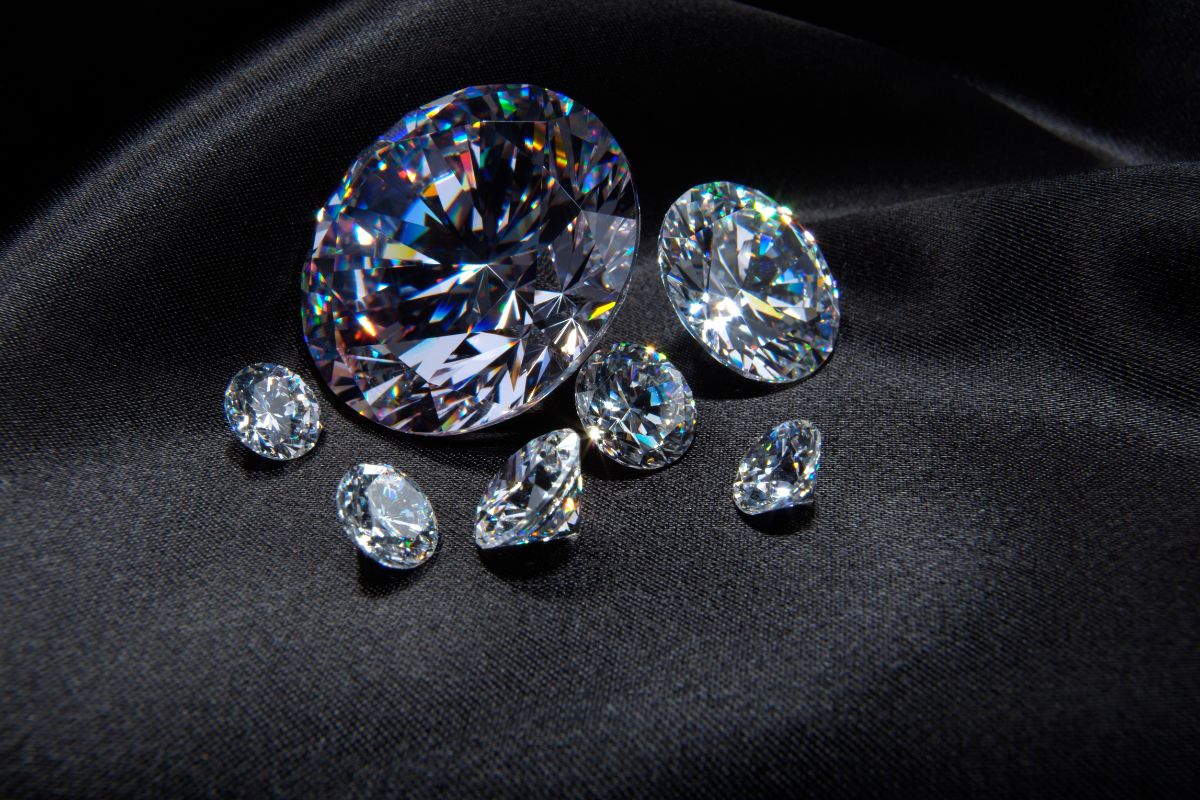
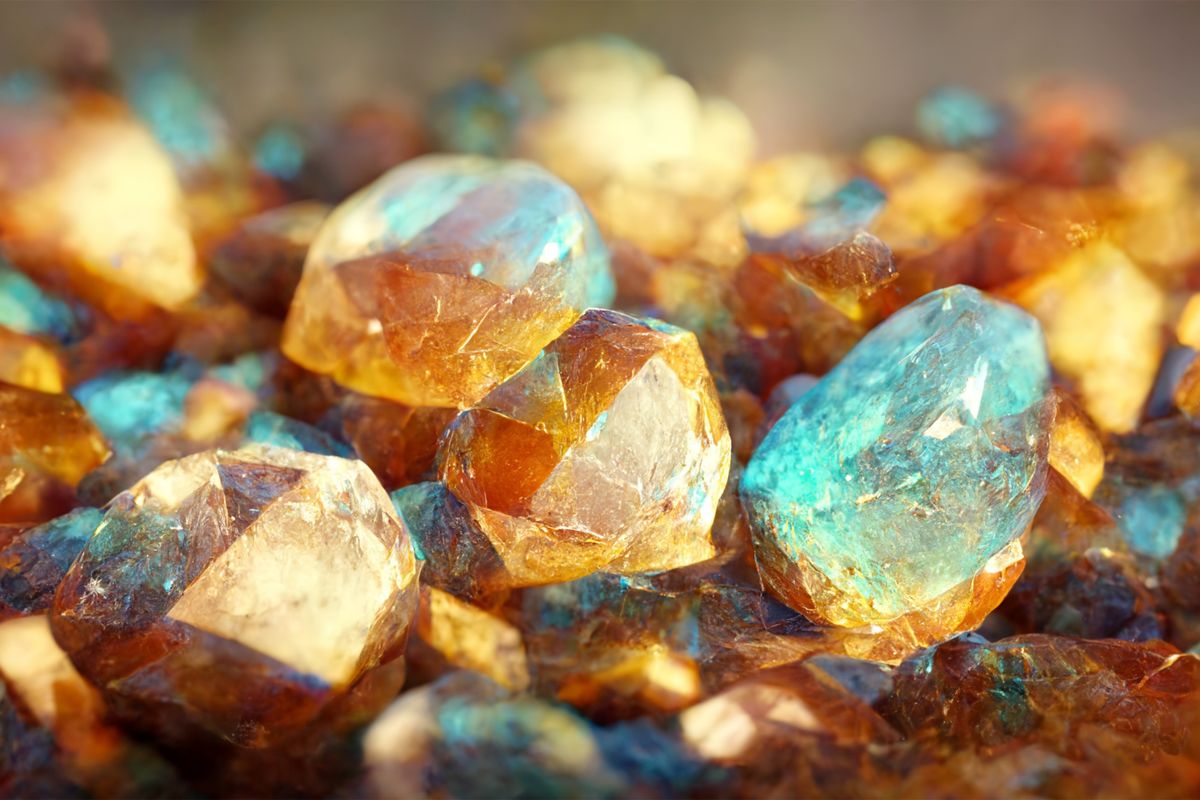
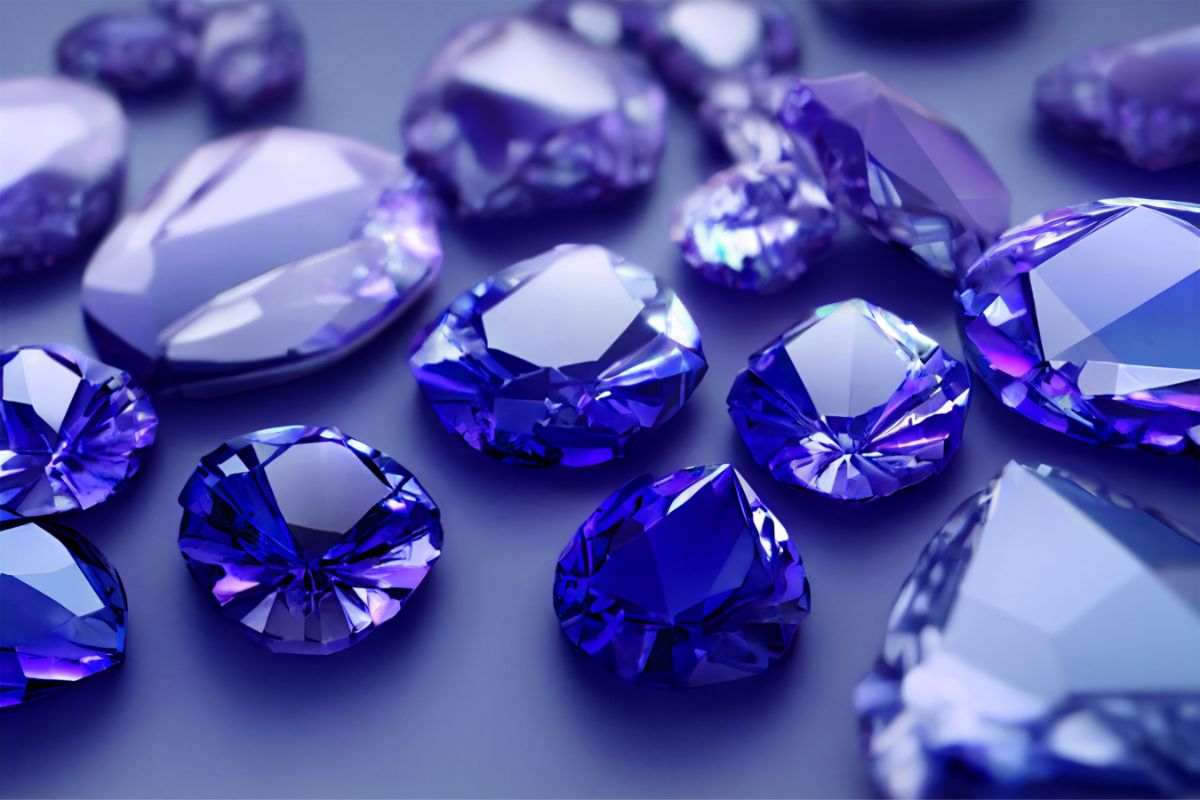
![Which One Should You Choose? [Sapphire Or Diamond] Which One Should You Choose? [Sapphire Or Diamond]](https://thatcrystalsite.com/wp-content/uploads/2022/12/Which-One-Should-You-Choose-Sapphire-Or-Diamond.jpg)
